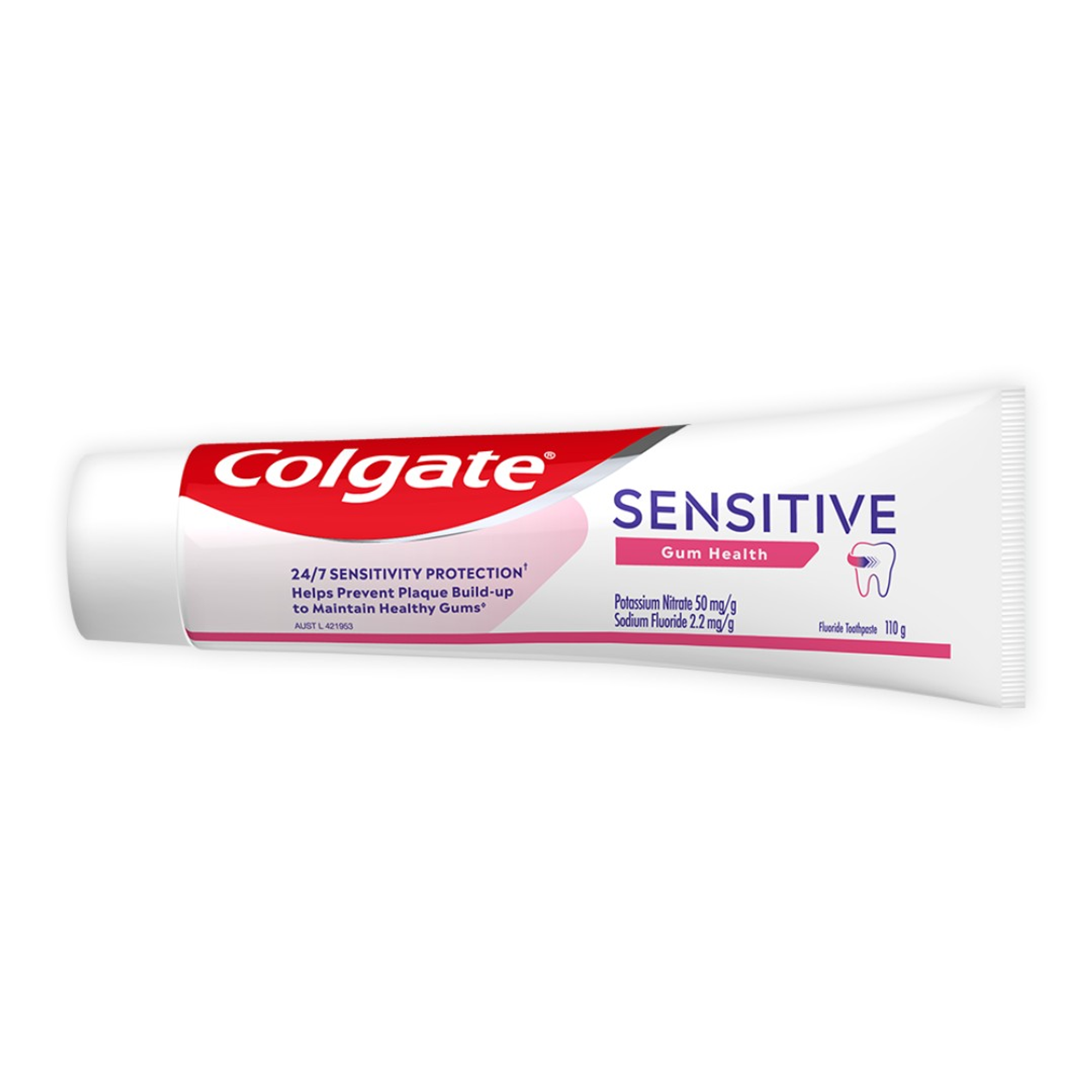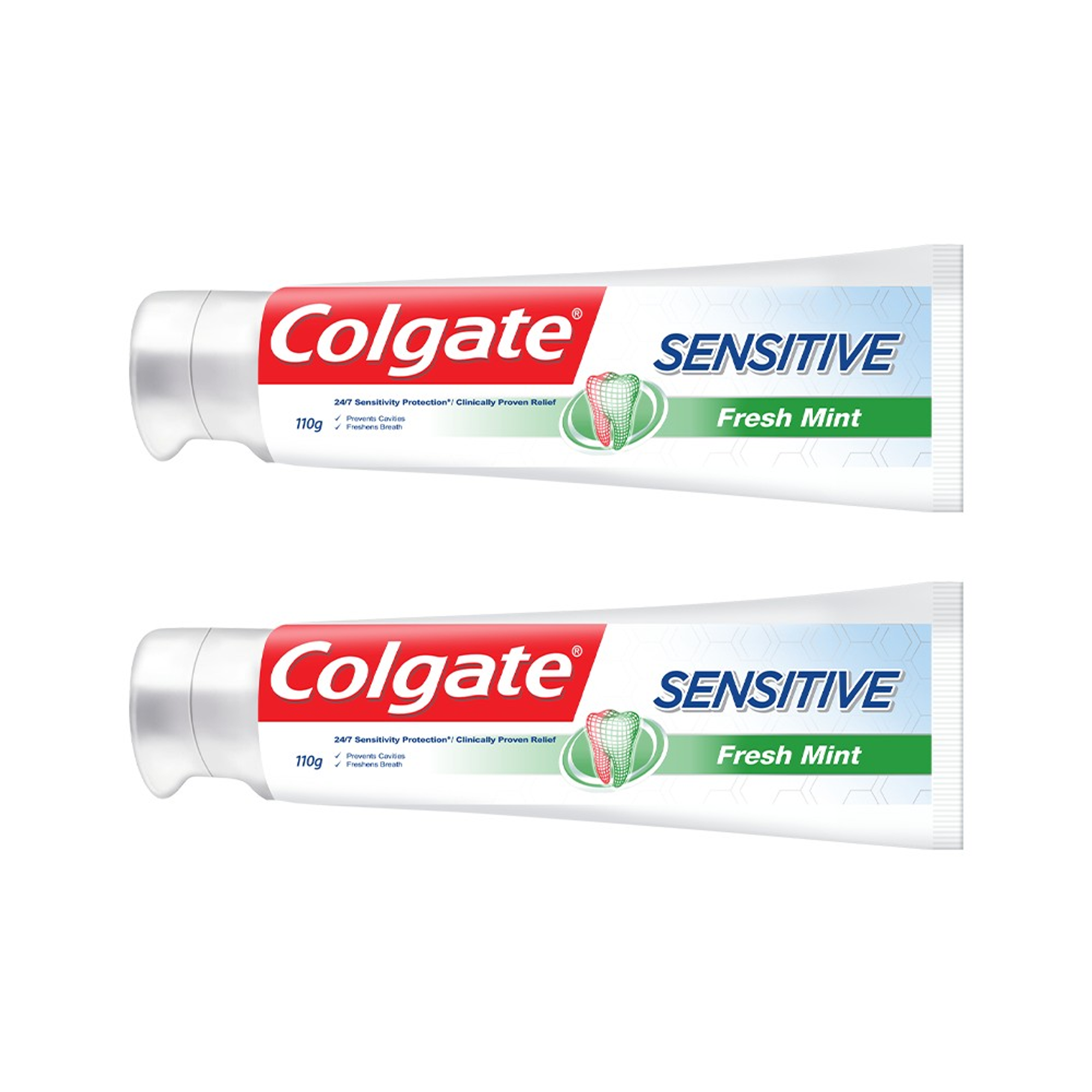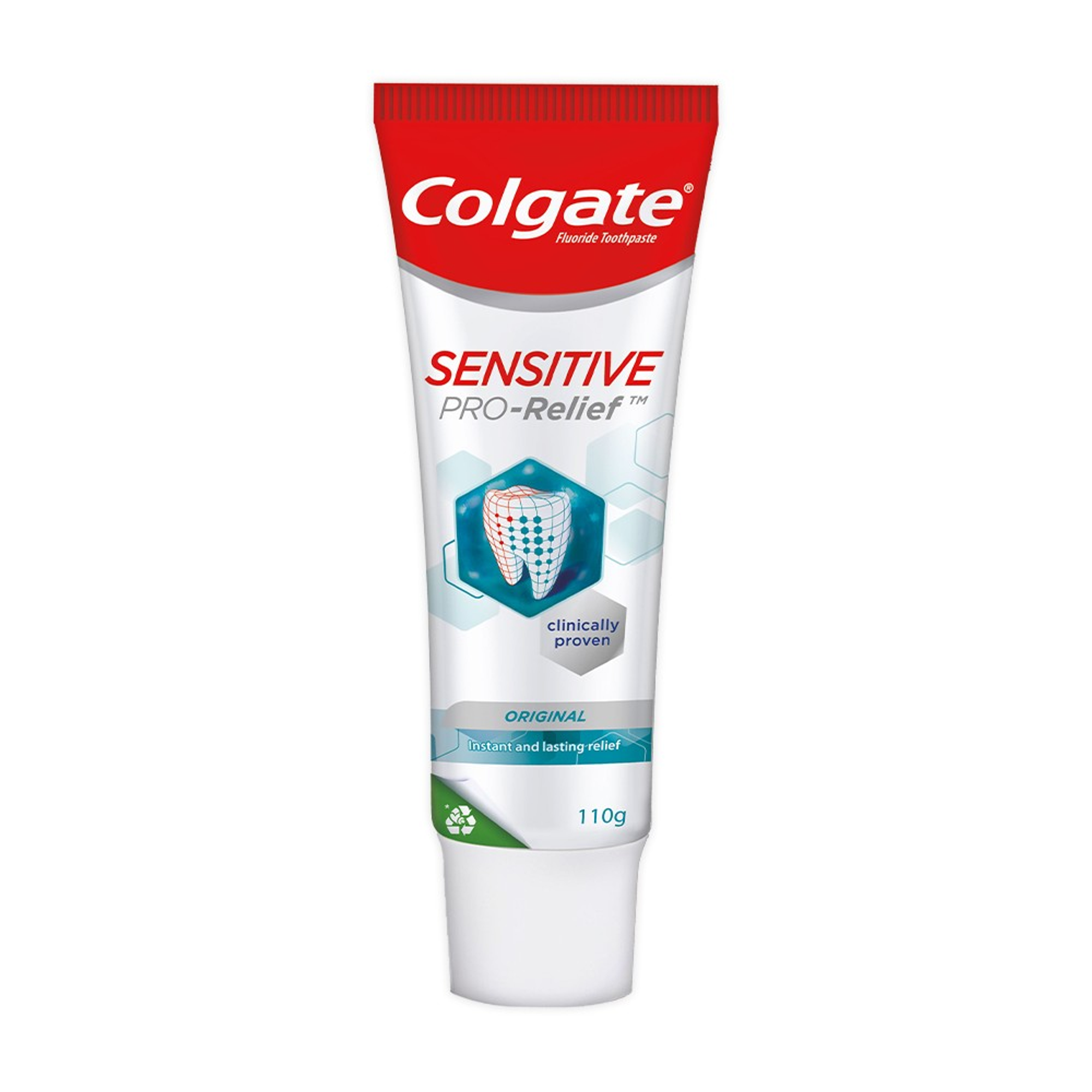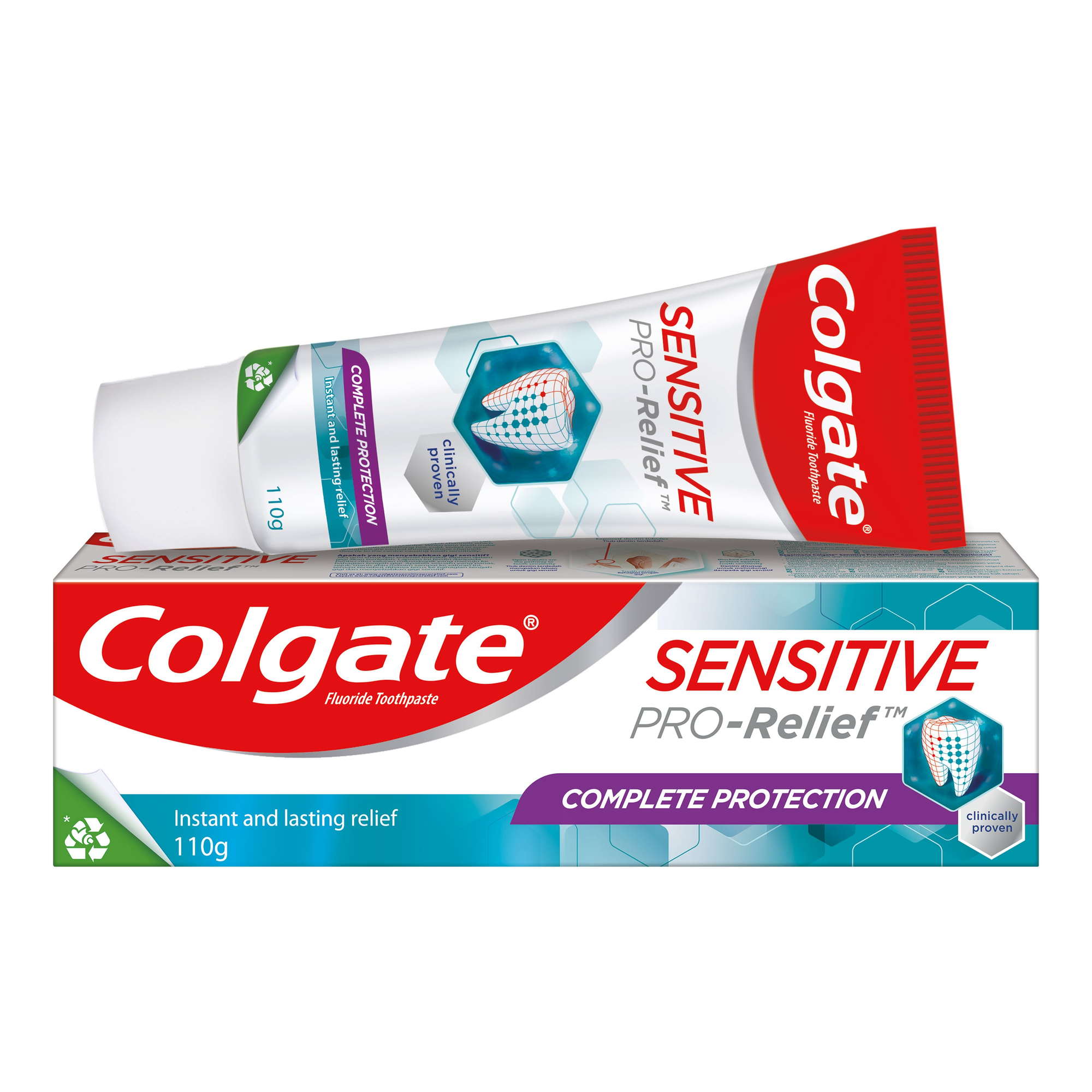-
-

ADULT ORTHODONTICS
Should You Use Mouthwash Before or After Brushing?Brushing and flossing are the foundation of a good oral hygiene routine, but mouthwash can also be a useful addition...

SELECTING DENTAL PRODUCTS
Soft Vs. Hard Toothbrush: Which One Should You Use?The toothbrush has come a long way. As the American Dental Association (ADA) notes...
-
Science & Innovation
- Oral Health and Dental Care | Colgate®
- Oral Health
- Should You Consider a Water Flosser?


How Water Flossers Work
A water flosser is a handheld device that helps remove food particles, and plaque stuck between your teeth. The first thing you have to do is fill the device with water before using it. Then place it in your mouth, just above the gumline, and turn it on. The flosser will emit a steady stream of water that will gently clean between those hard-to-reach places.
Reasons to Consider Water Flossing
If you have sensitive gums, you may experience discomfort and bleeding while flossing. Incorrect or harsh use of dental floss can cause these symptoms. However, bleeding and gum discomfort are also symptoms of periodontal disease - a gum infection caused by plaque and tartar buildup. According to research from Dentistry Journal published by MDPI (Multidisciplinary Digital Publishing Institute), a water flosser's pulsation motion can reduce gum inflammation and bleeding while cleaning this area gently. If you have not been flossing regularly, you may find that you have some sensitivity when you begin using a water flosser, but this will resolve with regular use. You can also relieve sensitivity issues by adjusting the water temperature so it's not too cold or too hot. If you are still having issues, you will likely deal with a larger issue that you will need to address with your Dentist.
For some people, traditional flossing can be difficult. People with arthritis, Parkinson's disease, carpal tunnel syndrome, or other conditions that affect the hands may find it hard to use string floss around the teeth. Fortunately, water flossers are a mechanical interdental cleaning option that is easy to use.
Lastly, water flossing is an excellent option if you have restorative or orthodontic treatment such as braces, non-removable bridges, dental implants, or crowns.
How Effective is Water Flossing?
Water flossers work through hydrokinetics, the movement of water. According to research published in Dentistry Journal, this motion effectively removes loose plaque and bacteria while gently cleaning the gumline. Although this interdental cleaning method can help reduce bleeding in the gums, it may not remove dental plaque as effectively as traditional flossing.
A good oral hygiene routine includes brushing twice a day and interdental cleaning. If you have difficulty using traditional string floss, water flossing may be an option for you! With your dental hygienist's help, you can determine the best way to clean between your teeth and achieve a healthy smile.
Related Articles
Related Products

Helping dental professionals
More professionals across the world trust Colgate. Find resources, products, and information to give your patients a healthier future











